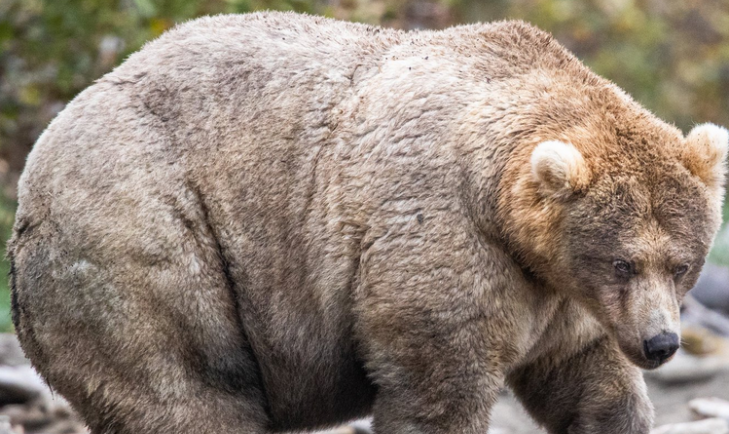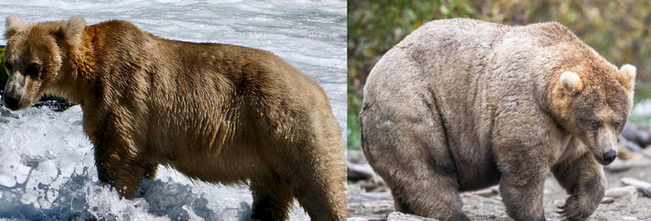
The Western Governors' Association keeps you updated on news of the West. Here are stories for the week starting Oct. 7, 2019. PHOTO: Katmai National Park & Preserve
It’s not your imagination: Airbus has been successfully test-flying a pilotless air taxi in eastern Oregon using unmanned aircraft systems (UAS) technology. The prototype has a range of around 31 miles, or about 20 minutes of flight time.
Matt Deal, head of flight testing for Airbus on the project, told Oregon Public Radio that they have completed more than 100 flights (none with passengers). “No crashes, no nothing. It’s been great so far,” Deal said. “All self-piloted, so there is no pilot either on the ground or in the vehicle. From the very beginning, we were all autonomous.”
Airbus isn’t alone in the unmanned aircraft space: Boeing and Chinese competitor, Ehang, are among many others testing prototypes. While the work has generated strong interest, the Oregon Public Radio story notes that “Industry insiders said the technology is running years ahead of regulators and public acceptance.”
Other western states are actively working in this space. Earlier this year North Dakota Gov. Doug Burgum, in partnership with the North Dakota Department of Commerce, announced a $33 million investment in the state's UAS industry.
The state, which is home to the Northern Plains UAS Test Site, will be the site of "Beyond Visual Line of Sight (BVLOS) in North Dakota: Building a Statewide Network," a one-day event on Oct. 15 in Fargo that will gather experts to highlight the state's work in the space. Learn more and register.
Rethinking Fire Management: A recent study published by a scientists from Montana and Idaho argues that hotter and drier weather throughout the West necessitates a new strategy to deal with wildfires. That includes redesigning infrastructure, building with materials that are less flammable and utilizing more prescribed burns. Elsewhere, in Colorado, the Decker Fire is now 14% contained and some residents are being allowed to return home after last week’s evacuations.
Creative revitalization: Space to Create – a collaborative effort between Colorado state and local governments, nonprofits and grant-making foundations – seeks to build affordable live-work spaces, all the while revitalizing downtown areas, preserving historic amenities, and giving communities an economic boost. Although the project is taking longer than originally anticipated, “those involved couldn’t be more excited,” according to a Colorado Sun report. Read more and watch experts talk about the program during WGA’s recent workshop for the Reimagining the Rural West Initiative.
Monumental Moon: On Sunday (Oct. 13), a phenomenon known as the “Hunter’s Moon” will be visible in skies throughout the West. According to the Oregonian, “when the natural satellite heaves into view lower than usual, the moon will appear to be especially large, and it’ll glow orange because we’ll be seeing it through atmospheric fumes.” The effect will peak around 5 p.m. EDT, according to the story,  but the full moon will remain for 72 hours. Learn more.
but the full moon will remain for 72 hours. Learn more.
Ursinis Maximus: The Katmai National Park and Preserve in southwestern Alaska recently wrapped up voting for its annual Fat Bear Week, crowning bear number 435 – given the name Holly – as the winner. The March Madness-style contest allowed members of the public to vote on which bears they thought were the girthiest, as the animals bulked up on fat reserves to prepare for hibernation. Read more.
Get the latest news about the West and its governors by following the Western Governors' Association on Twitter, Facebook and LinkedIn.